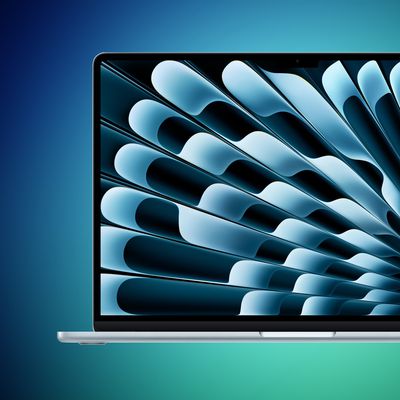Apple's latest series of custom silicon chips designed for the Mac come just over a year after the introduction of the M2 chip in 2022, so how much better really is M3?
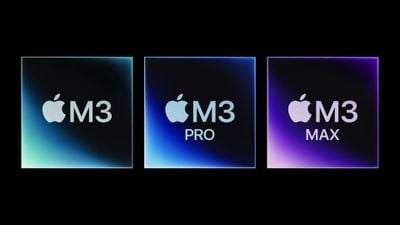
With the introduction of the M3 series, encompassing the M3, M3 Pro, and M3 Max chips, Apple once again set new benchmarks in performance, efficiency, and capabilities for the Mac. The transition from M2 to M3 is marked by significant enhancements, primarily thanks to Apple's move to a 3nm process, among other key architectural improvements such as a completely redesigned GPU.
When unveiling the M3 chips, Apple mainly focused on how they compare to the M1 series of chips, rather than their direct predecessors from the M2 series. As the third major iteration of Apple silicon, it may not be clear how significant of an improvement the M3 chips are over the M2. Apple offers a range of devices with the M2 and M3 chips, so the extent to which the M2 is better than its predecessor could also be an important consideration when purchasing a new Mac. Read on to learn about all of the differences between the two series of chips.
M2 vs. M3
The Apple M3 chip represents a significant advancement over its predecessor, with the headline upgrade being the transition to a more advanced fabrication process that is just 3nm in size, down from 5nm on the M2 series of chips. This is evident in the M3's increased transistor count, jumping from 20 billion in the M2 to 25 billion, a 25% increase that contributes to its enhanced capabilities.
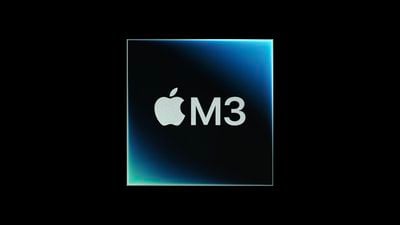
Benchmark tests underscore this progression, with the M3 outperforming the M2 by about 17% in single-core tasks and approximately 21% in multi-core tasks. In GPU performance measured by Metal benchmarks, the M3 exhibits a notable improvement of around 15% over the M2.
The M3 chip introduces an all-new GPU architecture. This architecture includes Dynamic Caching, a breakthrough feature that optimizes GPU memory allocation and utilization, adapting in real-time to varying task demands. This enhancement not only boosts graphics performance for intensive applications but also bolsters the chip's overall energy efficiency. This is particularly beneficial for graphics-heavy tasks like advanced video editing, 3D rendering, and gaming. It also features support for AV1 video decode to provide more efficient and higher-quality video from streaming services.
Despite similarities in the 16-core Neural Engine between the M2 and M3, the M3's adoption of a 3nm process leads to more efficient execution of machine learning and AI tasks. Additionally, the M3 maintains up to 24GB of unified memory, just like the M2, but leverages the new process for more efficient memory bandwidth utilization.
One other notable difference between the M2 and M3 chips is their energy efficiency. The 3nm fabrication process enables the M3 to achieve higher performance without a proportional increase in power consumption, making the chip particularly appealing for laptop users who value a balance between power and battery life.
Overall, the M3 chip is a considerable upgrade from the M2, distinguished by its higher transistor count, improved performance in CPU and GPU tasks, and superior energy efficiency. While the M3 offers clear advancements, the extent of its superiority does not necessitate an immediate upgrade for current M2 users, especially if their existing workflows are still completed comfortably. For new buyers or those upgrading from older models, the M3's improvements in performance and efficiency will be much more pronounced.
M2 Pro vs. M3 Pro
The M3 Pro presents something of a mixed picture. Despite having fewer transistors than its predecessor (37 billion compared to the M2 Pro's 40 billion), the M3 Pro leverages its 3nm technology to achieve moderate performance improvements, but in some ways the chip is a step back.
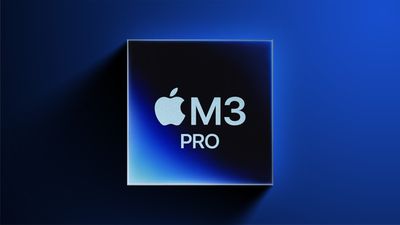
In single-core tasks, the M3 Pro shows a 18% improvement over the M2 Pro, much like the M3 compared to the M2. In multi-core tasks, the M3 Pro shows a modest improvement of approximately 8%. The M2 Pro offers either six or eight high-performance cores and four energy-efficient cores. In contrast, the M3 Pro comes with either five or six high-performance cores and six energy-efficient cores. The increase in energy-efficient cores in the M3 Pro suggests a focus on maintaining high performance while optimizing for power efficiency, which could be particularly advantageous in battery-dependent or thermally constrained environments compared to its predecessor.
The M2 Pro is equipped with either 16 or 19 GPU cores, while the M3 Pro scales back to 14 or 18 GPU cores. In GPU performance, there is a decrease of about 5% compared to the M2 Pro due to its reduced number of cores. Despite this, the new GPU architecture, inclusive of hardware-accelerated ray tracing, mesh shading, and Dynamic Caching, could still yield notable performance improvements in specific real-world workflows, especially those that leverage these new technologies.
The M3 Pro's unified memory bandwidth of 150GB/s, compared to the M2 Pro's 200GB/s, might impact tasks heavily reliant on rapid memory access, although the overall efficiency gains from the 3nm process could balance out some of these constraints.
Overall, the M3 Pro presents a complex predicament: It offers a clear advantage in single-core CPU performance and a slight edge in multi-core performance, but a step back in GPU performance and core counts. The M3 Pro is a potentially suitable choice for users who prioritize CPU performance and can benefit from the specific advancements in its new GPU architecture. For many current M2 Pro users, especially those whose workflows are heavily GPU- and memory bandwidth-centric, the M3 Pro does not constitute a worthwhile upgrade at all.
M2 Max vs. M3 Max
The M3 Max comes with an impressive 92 billion transistors, a significant increase from the M2 Max's 67 billion, allowing for more complex and efficient processing capabilities. The M2 Max features eight high-performance cores and four energy-efficient cores, while the M3 Max adds an extra two or four high-performance cores. This increase in the number of high-performance cores in the M3 Max indicates a shift towards providing better raw processing power compared to previous generations that had the same number of CPU cores as the M1 Pro and M2 Pro chips.
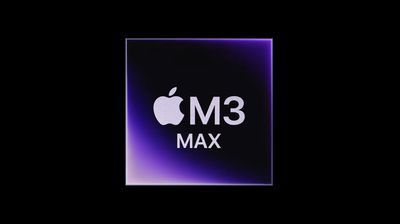
In terms of CPU performance, the M3 Max demonstrates notable improvements over the M2 Max. Benchmark tests reveal that the M3 Max outperforms the M2 Max in both single-core and multi-core tasks. Specifically, the M3 Max shows an approximately 18% increase in single-core performance compared to the M2 Max. In multi-core performance, the improvement is even more pronounced, with the M3 Max scoring about 38% higher than the M2 Max.
The GPU architecture of the M3 Max also sees significant enhancements. While the M2 Max offers up to 38 GPU cores, the M3 Max pushes this even further with up to 40 cores. The M3 Max shows an increase of approximately 14% in GPU benchmarks, indicating a robust improvement over the M2 Max. The increase in GPU cores from 38 in the M2 Max to 40 in the M3 Max, combined with the advancements brought by the 3nm process technology, contributes significantly to this improved performance. This enhancement in GPU performance is critical for professionals engaged in graphics-intensive tasks such as high-end video editing, 3D rendering, and complex visual effects work.
The M3 Max also benefits from the advanced features introduced in its generation, including hardware-accelerated ray tracing and mesh shading, as well as Dynamic Caching. These features contribute to more efficient and powerful graphics processing, enabling the M3 Max to deliver superior performance in real-world applications.
Another aspect where the M3 Max distinguishes itself is in unified memory quantities. While both chips offer substantial memory configuration options, the M3 Max supports up to 128GB of unified memory, 32GB more than the M2 Max, catering to the most memory-intensive workflows.
The M3 Max represents a significant leap over the M2 Max, marked by its superior CPU and GPU performance, higher transistor count, and increased memory support. For professionals whose work demands a very high level of computational and graphical power, the M3 Max offers a compelling upgrade, even for some existing M2 Max users. However, for users currently equipped with the M2 Max, the decision to upgrade will depend on the specific demands of their workflows and the value they place on the incremental improvements offered by the M3 Max.









